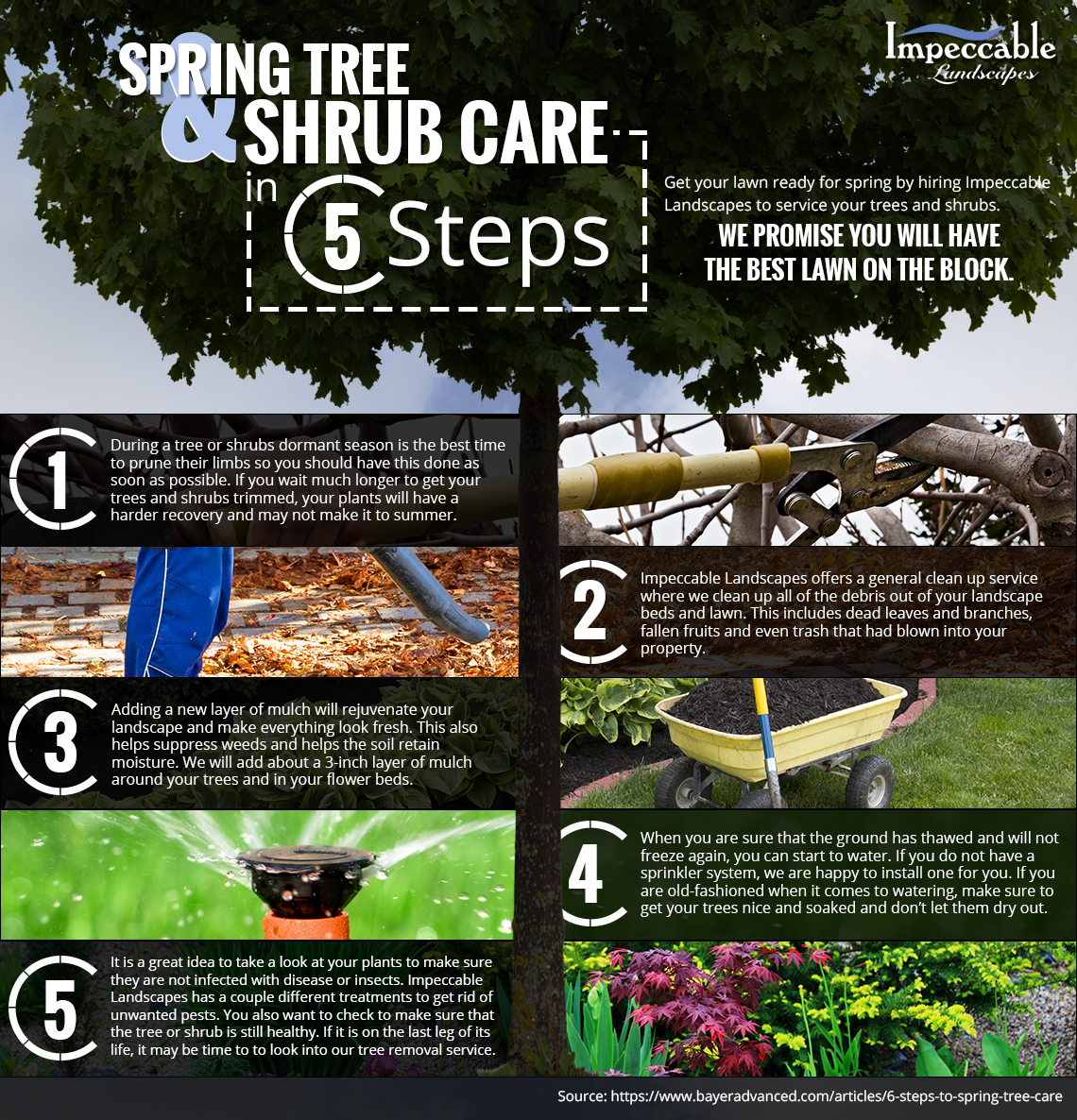Seasonal Tree Care: Exactly How To Handle Trees Before And After Elimination
Seasonal Tree Care: Exactly How To Handle Trees Before And After Elimination
Blog Article
Created By-
When it concerns seasonal tree care, ensuring appropriate administration before and after removal can significantly influence the wellness and aesthetics of your landscape. By understanding the needed steps involved in assessing tree health and planning for removal, you can proactively secure your property. However what about the important methods to adhere to when the tree is gone? Stay tuned to find the necessary post-removal care actions that will certainly aid you cultivate a flourishing and lasting environment for your trees.
Pre-Removal Tree Care
Prior to addressing the removal of a tree, it's critical to prioritize pre-removal tree treatment. Start by evaluating simply click the next internet site and architectural honesty. Seek indicators of illness, parasite problems, or any type of structural issues that might pose a safety and security risk during elimination. It's necessary to consult with a qualified arborist to identify the most effective strategy.
Trimming dead or diseased branches can stop additional damage to the tree and make sure a smoother elimination process.
Furthermore, consider the ecological influence of eliminating the tree. Trees play a vital role in our environment, so planting a new tree in an ideal location can aid balance out any kind of loss. Make sure that you have the needed licenses and approvals for tree elimination, especially if the tree is shielded by regional guidelines.
Seasonal Upkeep Tips
Analyzing your tree's needs throughout the year is vital for its health and longevity. To maintain your trees in top condition, follow these seasonal maintenance suggestions.
In spring, focus on trimming to remove dead or damaged branches and motivate new development.
Summer season calls for regular watering, especially during dry spells, to ensure your tree stays hydrated.
As fall methods, keep an eye out for very early signs of illness or anxiety, and think about applying mulch to protect the roots during winter months.
In wintertime, beware when eliminating snow from branches to stop breakage, and remain to monitor your tree's total wellness.
Remember to change your care routine based on the details needs of your tree varieties and local environment. By remaining conscientious and proactive throughout the periods, you can help your trees thrive and thrive for several years to come.
Post-Removal Tree Treatment
To ensure the health of your landscape also after tree removal, proper post-removal treatment is crucial. After a tree is removed, it's essential to fill up the staying hole with topsoil and portable it to stop settling. This will certainly assist keep the integrity of the ground and avoid possible threats in the future.
Think about growing brand-new plant life instead of the gotten rid of tree to recover the equilibrium and aesthetic appeals of your landscape. Consistently water the area to promote the development of brand-new plants and protect against dirt disintegration.
Check the bordering trees for any indications of illness or stress and anxiety that may have been brought on by the eliminated tree. Keep an eye out for pests that may've been brought in to the previous tree and take preventive measures to secure the staying plant life.
If essential, consult with a professional arborist to assess the impact of the elimination on the surrounding trees and determine any type of added care needed. By following trees that count logo -removal care steps, you can ensure the ongoing health and charm of your landscape.
visit their website , proactive seasonal tree treatment is essential for preserving the health and wellness and equilibrium of your landscape. By evaluating tree health, pruning, and talking to an arborist prior to elimination, you can make sure a risk-free process. After removal, loading the hole, planting new plant life, and regular watering will advertise new development and avoid erosion. Remember to evaluate bordering trees for disease and seek additional care actions from an arborist to maintain your landscape thriving.
